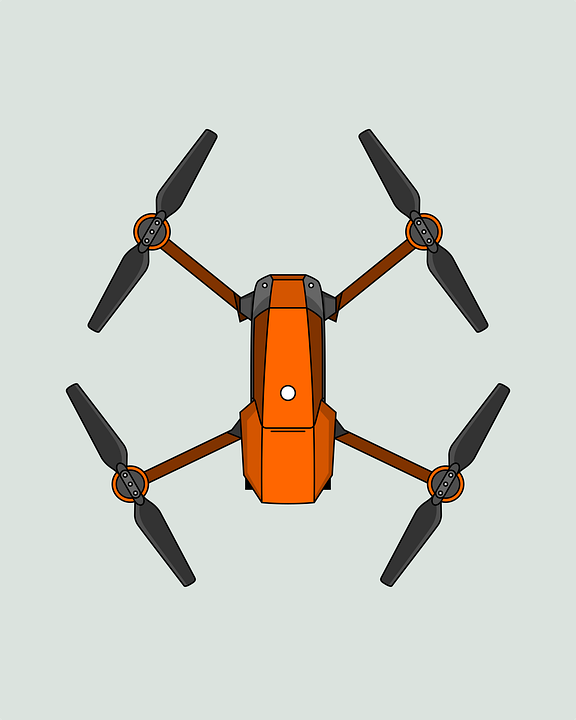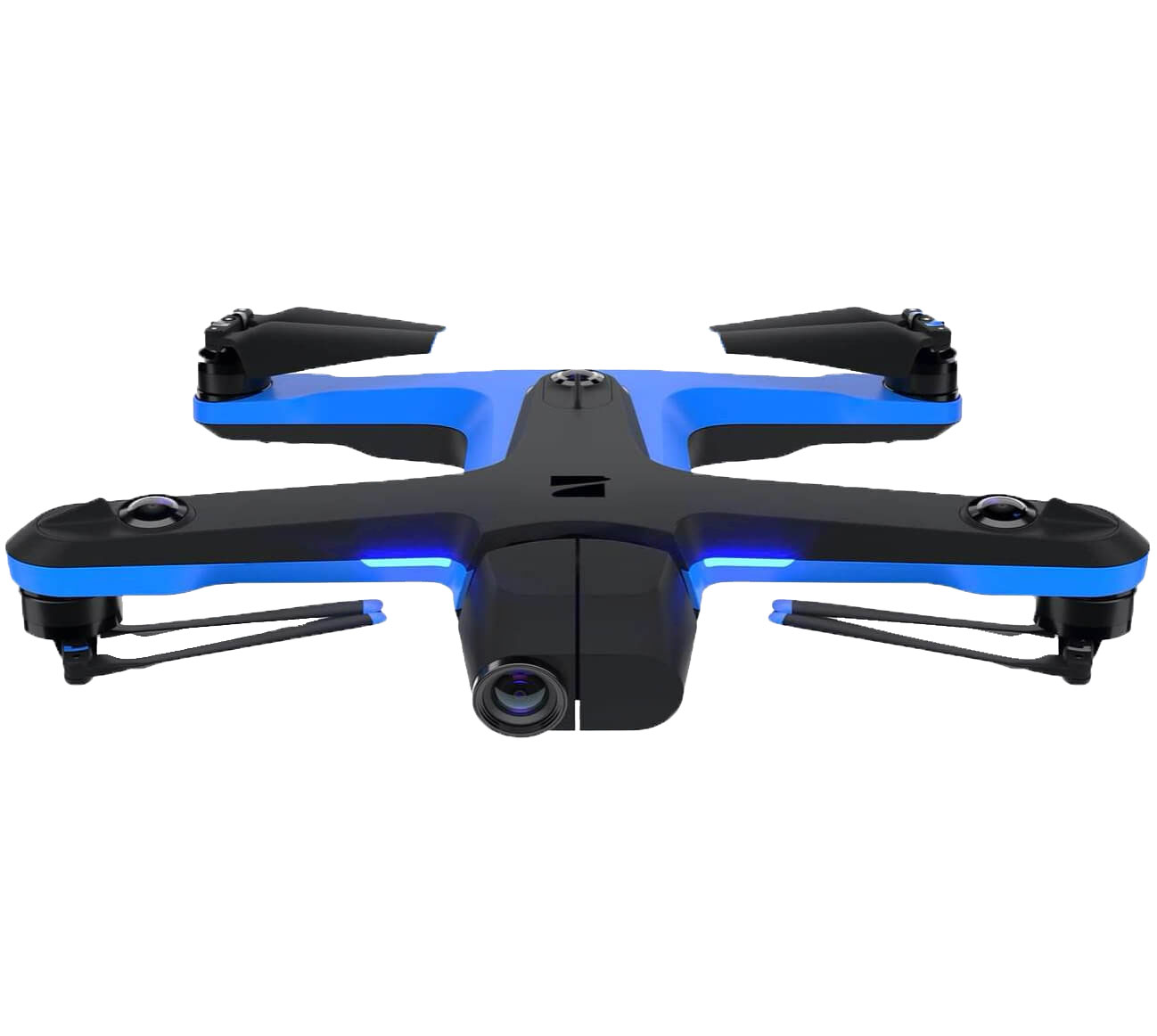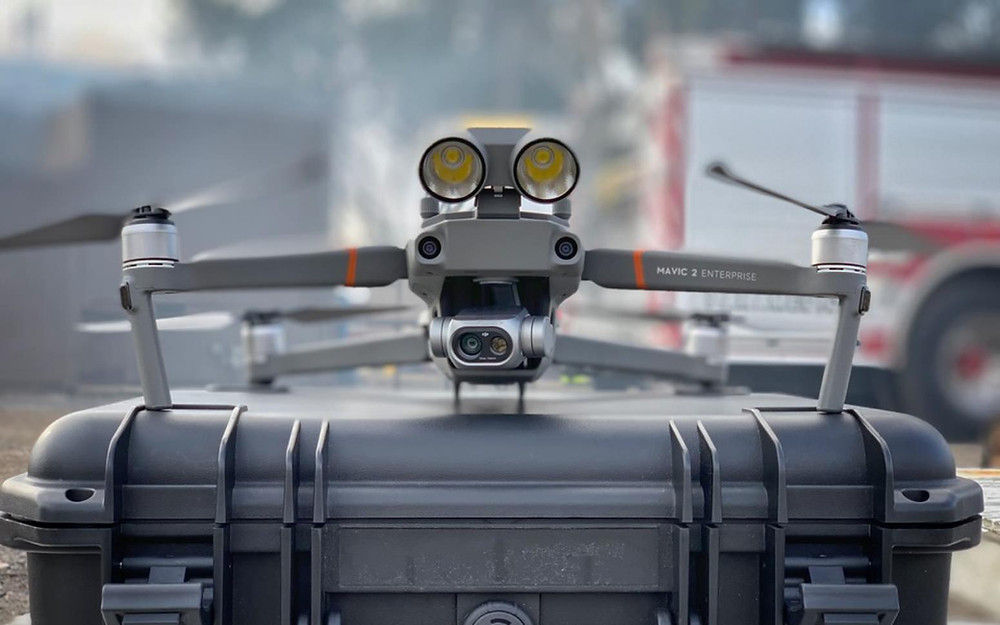
There are many benefits to drone inspection. It's a safe, efficient way to inspect oil and gas fields without disrupting ongoing operations. It's safer than using human inspectors. Drones can collect detailed information and launch round-the clock surveillance. Drones are able to detect trends that can be used to optimize operations. Here's how drone inspections may benefit the oil & gas industry.
Prices
Oil and gas companies have to pay significant costs for asset maintenance. This includes costly inspections. This sector is characterized by dangerous and lengthy inspection processes. In addition to manual labor, oil and gas wells must be monitored by skilled engineers. Industry estimates show that the oil and gas industry spends an average of $37 billion annually on asset monitoring. Drones are an effective inspection tool that can reduce the time and cost associated with such tasks. These unmanned aerial drones can provide precise data without the dangers of human workers.
Drones are extremely efficient and can reduce costs by detecting areas human inspectors cannot. Drones can detect extreme temperatures and overheating which can be used to prevent the spread of fires. Drones are also cost-effective and can be used to streamline oil and gas operations. Read on to learn more about the benefits of drone inspection for oil and gas companies. You'll be amazed by the results once you begin using drones.
Benefits
Drones can be used to inspect assets in a safe and cost-effective manner. Drones reduce the risk of accidents and insurance costs. In addition, they are much faster and cheaper than human inspectors and do not require workers to shut down oil operations. Drones can be flown close to assets, and can detect possible defects and leaks. Oil and gas drone inspection has many benefits. It can save companies millions in maintenance costs, and even save lives.

Drones are reliable and can perform a wide range of inspections to oil and gas companies. Advanced sensors allow them to reveal information that human eyes cannot. They can identify potential issues and improve data collection accuracy. Drones are able to fly at an exact altitude and perform repeatable tests from any place. By leveraging drones in oil and gas operations, companies can increase productivity and cut costs.
Safety
Oil and gas companies are now using drones to inspect assets and pipelines. These drones can be programmed to fly in the exact same areas at a particular height in order to collect structured data that can then be transmitted to a Work-Management System. The drones also eliminate the need for manual touches and potential data integrity loss. Combining drones and sophisticated data analytics, oil companies can better predict the likelihood that assets and pipelines will fail.
It is risky to inspect a pipeline using traditional methods. Workers are required to work in harsh conditions, such as extreme weather or hazardous chemicals. These conditions can hinder data collection and make it difficult for technicians not to do their job effectively. Drone inspections for oil and gas are an ideal solution. These drones can remotely inspect pipelines, and other infrastructure. Drone operators can inspect areas that traditional workers are unable to access. And because drones can operate on high structures, drone operators can be confident that their work will not pose any harm to others.
Implementation
For a variety purposes, oil and gas companies use drone inspection to inspect oil and gas wells. Drone inspection allows researchers to gather vital information from potential oil wells. Drones provide topographic information that allows researchers to pinpoint the best access routes, logistics, and other details. Drones also have the ability to produce 3D maps. These maps can include landmarks and other features that could be helpful in decision-making. The use of these tools will be beneficial to oil and natural gas companies.

Drones offer a cost-effective, flexible and efficient solution to many problems. Drones reduce time and cost associated with manual inspections and lower the risk of leaks and spills. Drones can also be used for indoor and pipeline inspections. A drone can help reduce inspection time and worker hours as well as save confined space permits.
FAQ
Is drone regulation regulated by the FAA
The FAA oversees all aspects regarding drone operations, including safety standards and certification requirements.
Can I fly my drone through my neighborhood?
Yes! These are called UAVs (unmanned aircraft vehicles). There are many types of drones on the market today, including small quadcopters and large fixed-wing aircraft. The FAA has recently issued new rules regarding the commercial use of UAVs, which means you can now legally fly them for business purposes. However, be aware that flying a UAV near airports may cause interference with air traffic control systems, and you must obtain permission from local authorities before operating one.
Is it possible to fly my drone in a local park?
Yes, drones can be flown in parks around the world. However, some countries do not allow flying drones at parks due to safety concerns. See our list to see where drones can be flown legally for fun.
What are the rules of operation for drones?
The FAA must register your drone. The registration process requires you to provide information about your device, such as its weight, dimensions, battery capacity, operating frequency, and battery life. The FAA will issue you an identification number.
Statistics
- According to Indeed, a drone pilot gets paid $25.73 per hour on average in the US. (dronesgator.com)
- With the top 10% making over $100/h and the bottom 10% making as low as $10/h. (dronesgator.com)
- According to ZipRecruiter, the minimum hourly wage of drone pilots is $20. (thedroneu.com)
External Links
How To
How to choose the best drone for photography
In this article, we explain how you can choose a good drone for your requirements. We will show you what features to look out for when purchasing a drone.
Let's first look at some tips for choosing the best drone for your personal use.
You should consider the size of any product before purchasing it. A larger camera will be easier to use if you plan to take photos from the top. This is especially true for beginner pilots. You don't want get in trouble for being too afraid to take the plunge higher.
The second thing you need to consider is the image sensor's quality. The higher the sensor is, the higher quality images you will be able capture.
A remote controller might be worth your consideration. These devices allow you to track your drone's position in space, making it easier to fly.
The final decision is whether or not you would like to purchase a fixed mounting mount or a handheld gimbal. Gimbals allow you to fly while still shooting. It allows you to fly more freely and makes it easier for you to stay steady. They do come at a higher price depending on the product you are after.